5 tips to develop your branding for your ideal audience
There are so many elements involved when creating or developing a brand that it can definitely be confusing, not to mention overwhelming. Whether you go down the DIY route or you hire a professional brand identity designer you really want to ensure your branding is created to speak to your ideal audience. As a brand and Squarespace website designer with over 15 years design experience, I’m here today to share 5 tips to develop your branding for your ideal audience.
Before I delve into the juicy tips, I wanted to state that I’m assuming that your target audience is your ideal audience.
1 | Know your audience
Knowing your audience is key and is one of the most important elements to understand, and therefore research, when developing your branding. For example, if you sell funky kids bedroom decoration you’re not going to want to create or develop a brand that attracts men of retirement age. So by knowing your audience you will be able to define what key elements need to be incorporated in your branding so that it “speaks” to them.
Tip - The more you know about them the better. Defining a persona (buyer persona) is a brilliant way to really get to know your ideal audience, you can get really specific at this stage and detail things like, their age, gender, occupation, likes, dislikes, where they like to shop and more.
2 | Remember your core values
Your core values are key in creating intention behind your branding. They should drive every action you take. Therefore if you keep your core values in the forefront of your mind when developing your branding you can be sure to stay true to your business. So for example, if a business has “vibrant” as one of its values then you would expect to interact with a brand that is potentially colourful, this can be interpreted in the form of a vibrant colour scheme and also in terms of the personality of the brand.
3 | Identify your USP
Another really important element to keep in mind when developing your branding is your USP - unique selling point/proposition. There may be loads of other businesses providing a similar service to you, this doesn’t mean you need to develop branding that is similar to theirs. It means you need to identify your own USP and leverage it to your advantage, to your businesses advantage. What makes your business unique? Is it the refined streamlined process or system you have in place? Maybe it’s the natural materials you use in creating your products? Or it could be the niche your business values attract? Whatever your USP is, it’s important to highlight this and bring that element into your branding so that your ideal audience can relate to it and it can be used to build a connection.
4 | Competitors
Who are your business competitors? What do you like or dislike about their approach to branding? - These are important questions. It’s not about copying them, but it’s about learning what they do and what they look like so that you can better understand what they do and how, and also steer clear of creating anything too similar in terms of the visual brand identity. Sure, if they are doing something you admire, there’s no harm in bringing it on in your business, as long as it’s taken onboard in a tasteful manner. Remember, you have a unique brand and you need to stay true to that.
5 | Create with intention and purpose
Design is subjective so when it comes to your business, you want to develop a brand that speaks to your ideal audience by creating with intention and purpose. So for example, if your ideal audience is high profile professionals, the tone of voice in any communication (think email) would need to take a professional tone. The same goes for visual branding. Colours, type and fonts all have personality, so keeping this in mind will help you when developing your branding.
6 | Consistency is key
I know this is an extra little freebie tip but it’s so important it has to be included - Consistency is key. In order for people to become familiar with your brand you need to be consistent. Using the same tone of voice, personality, colours, fonts, logo (this can be a logo variation as well) and brand photography style on your website, social media, blog posts, print material will help your ideal audience build that association with your brand. It will also build trust and recognition and set you out as the expert. Ultimately this will help them connect with your brand so when the time arises and they are ready to make a purchase they will already be familiar with your brand.
Conclusion
Developing your branding for your ideal audience isn’t easy, it takes time and it takes research, but it is achievable. Remember, you need to know them, you need to know what your business stands for and amplify it so that your brand is able to stand up and stand tall amongst the others in your industry or field.
